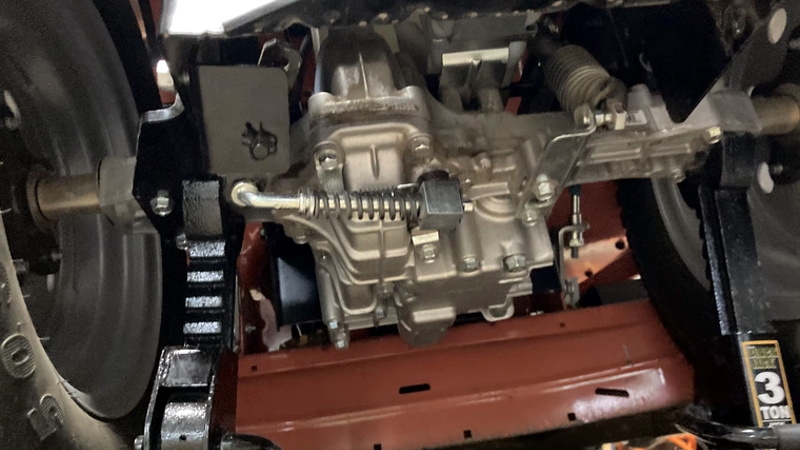[NathanKing] has a cute, rambunctious pupper who eats way too fast for her own good. He’s tried various distribution methods intended to get her to slow down, but she’s just too excited to eat. [Nathan]’s latest solution is to launch the food piece by piece using a catapult. The dog loves the gamified feeding method, which is sort of like one-way fetch. She gets a bit of exercise, and everyone is amused for the half hour it takes to fling 1.5 cups of food one piece at a time.
Electronics-wise, this food flinger doesn’t use much more than three servos …read more
Continue reading Dog-Or-Catapult Controls The Speed Of The Feed→

